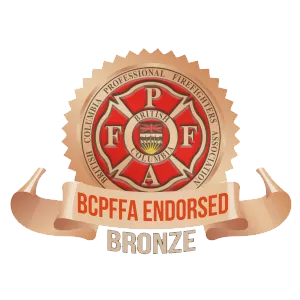Post-Traumatic Stress Disorder (PTSD) is a complex mental health condition that manifests differently depending on the individual’s experiences. Veterans and the general public often experience PTSD due to markedly different types of trauma, leading to unique therapeutic needs. Research suggests that mixing these populations in treatment settings may hinder the effectiveness of interventions due to differing trauma narratives, coping mechanisms, and support needs.
Veterans typically develop PTSD from prolonged exposure to combat and military-specific stressors, such as witnessing violence or experiencing life-threatening situations in structured and hierarchical environments. These experiences often lead to hyper-vigilance, survivor’s guilt, and difficulty transitioning to civilian life. On the other hand, the general public may develop PTSD from varied sources, such as accidents, abuse, or natural disasters. These differences can create a disconnect in mixed-group therapy sessions, where veterans may feel misunderstood or unable to relate to civilian experiences.
One study highlights that group therapy works best when participants share common experiences and can validate each other’s narratives (McCarthy et al., 2019). Veterans in mixed settings may hesitate to disclose military-specific traumas, fearing judgment or lack of understanding from civilians. This reluctance can impede their recovery process, as therapeutic progress often relies on open dialogue and mutual support.
Additionally, veterans often require tailored interventions that address the unique aspects of military culture and identity. A review by Litz et al. (2020) found that treatments incorporating military-specific themes and peer support were more effective in reducing PTSD symptoms among veterans. This underscores the need for veteran-specific programs where they can connect with peers who share similar experiences, fostering trust and empathy.
In contrast, civilian-centric treatments often focus on broader trauma frameworks, which may not fully resonate with veterans’ lived experiences. This mismatch can dilute the efficacy of the intervention for both groups, as neither population receives the tailored support they need.
In conclusion, while the goal of PTSD treatment is universal healing, the path to recovery is deeply personal. Mixing veterans with the general public in PTSD treatment settings may inadvertently hinder the therapeutic process for both groups. Separate programs that cater to the distinct needs of veterans and civilians can provide the specialized care necessary for effective recovery.
References
- McCarthy, J., Thorp, S. R., & Foa, E. B. (2019). Group therapy for PTSD: A review of evidence and considerations for future research. Journal of Traumatic Stress, 32(5), 759–769. https://doi.org/10.1002/jts.22403
- Litz, B. T., Stein, N., & Delaney, E. (2020). Military and veteran trauma-focused interventions: Challenges and opportunities. Clinical Psychology Review, 80, 101895. https://doi.org/10.1016/j.cpr.2020.101895



